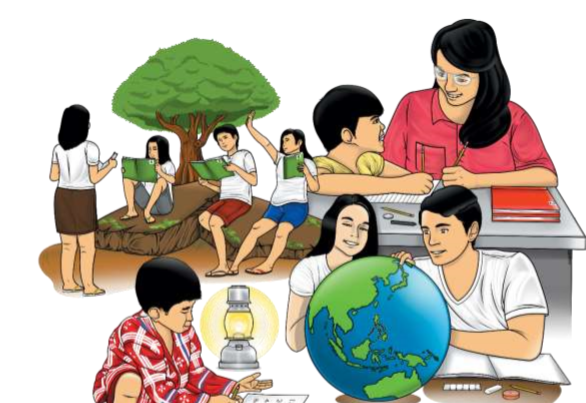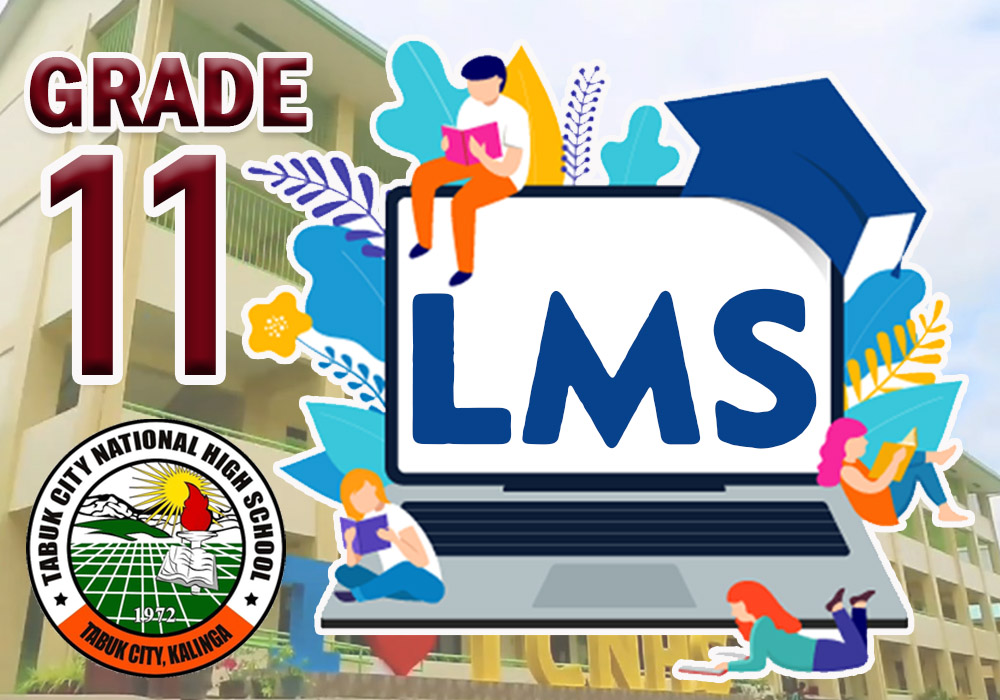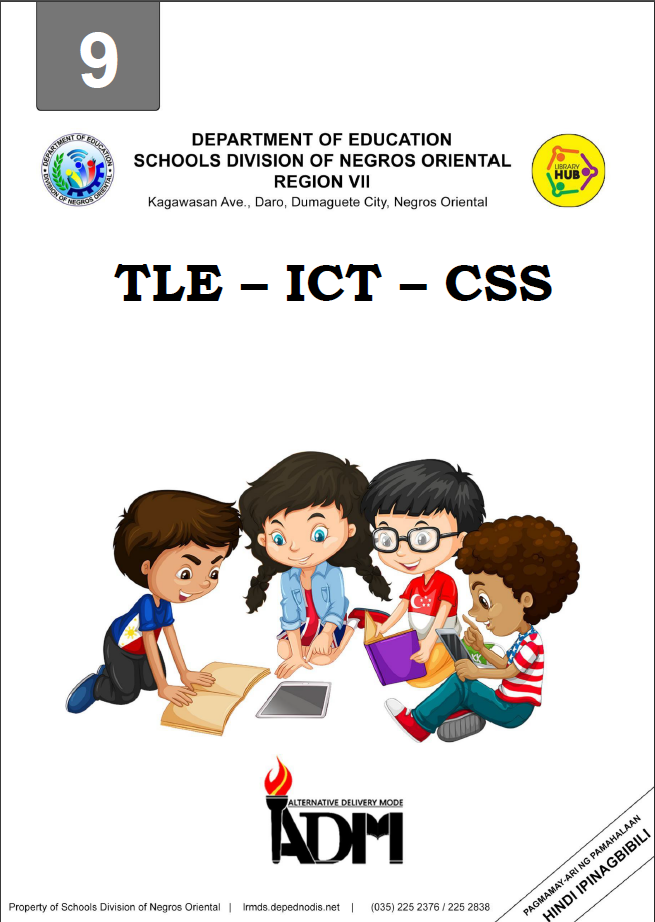Search results: 260
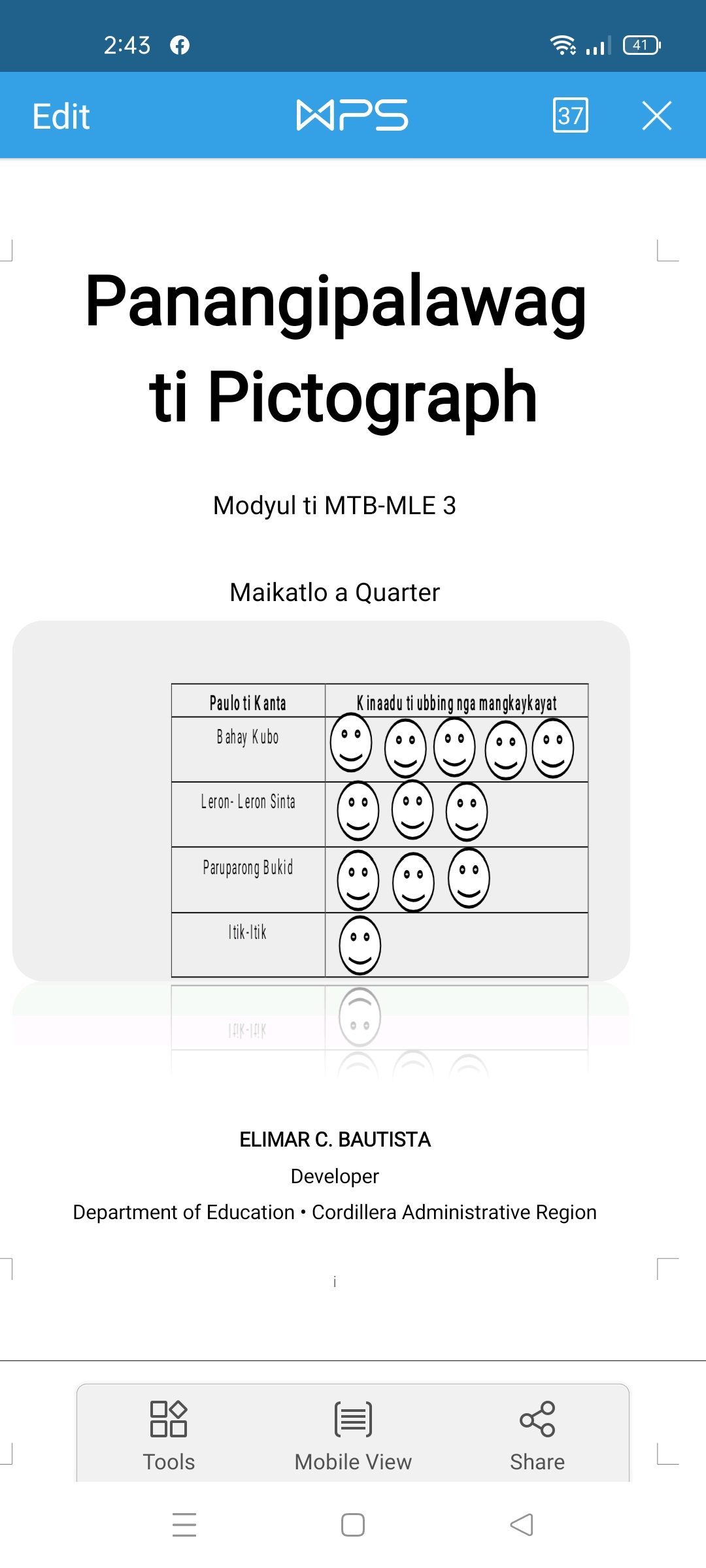
135149-Bolbolo Elementary School- Mother Tongue 3-Quarter 3-Module 3: Pictograph
This module helps our learners to interpret a given legends based on what they saw in the graph. It is called Pictograph because it uses a picture to show a given legends.
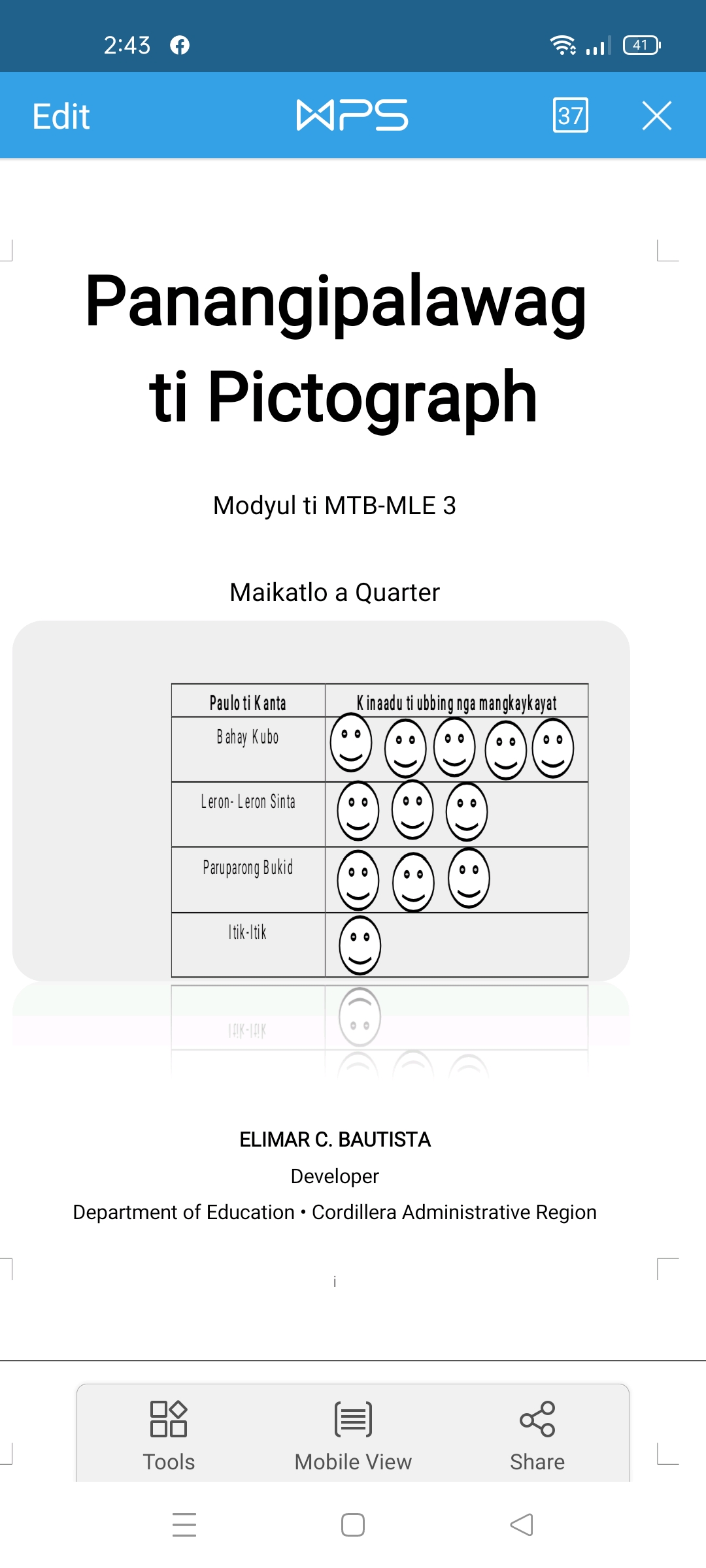
135149-Bolbolo Elementary School-MTB-MLE3-Quarter3-Week3: Panangipalawag ti Pictograph
This module is contextualized within the community of my learners. This will help them in learning their mother tongue language through the use of a graph which is the Pictograph.

135336_Luna Central School_Q3_Science 6
Friction is a force that opposes motion between two surfaces sticking or touching together. It
stops an object from sliding against a surface or another object by acting in the opposite direction of
the sliding movement. Take for an example, if a car needs to stop at a stop sign, it slows down because
of the friction between the brakes and the wheels.
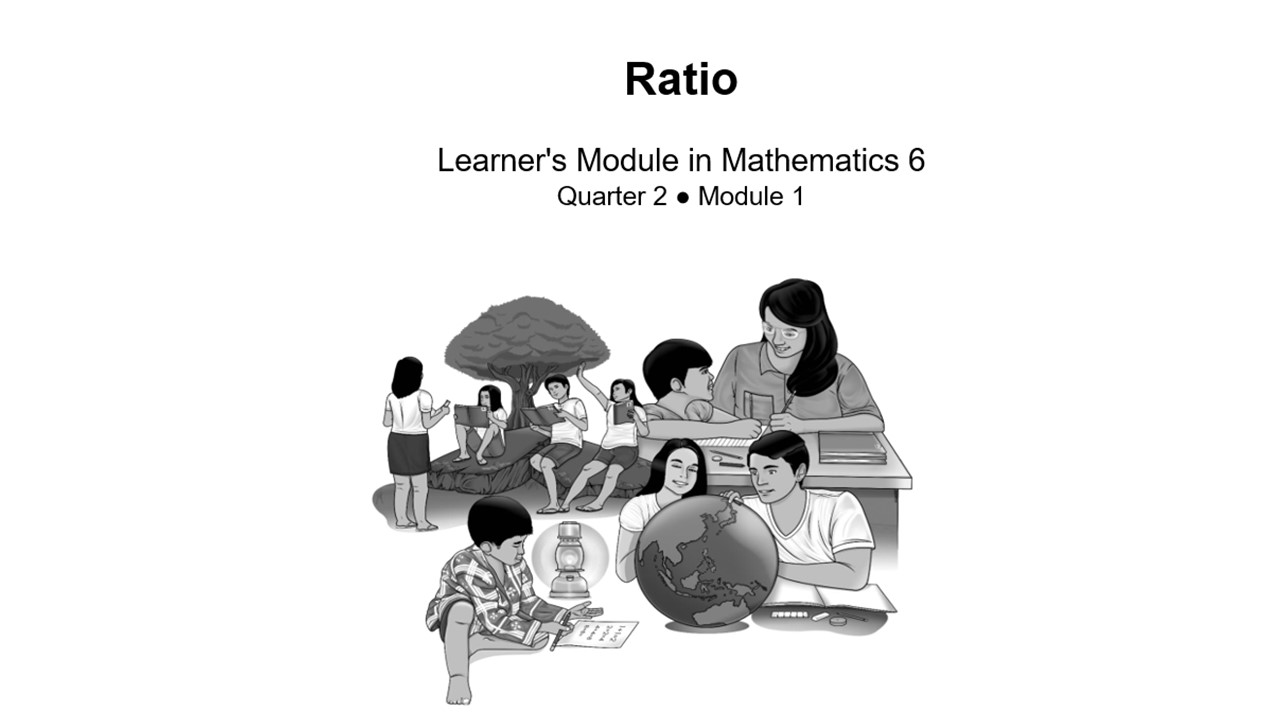
135349 ALEM ELEMENTARY SCHOOL_ QUARTER 2 M6NS-IIa-129 M6NS-IIb-131 2 MELC
At the end of the module, you should be able to:
• Express one value as a fraction of another given their ratio and vice versa
• Define and illustrate the meaning of ratio and proportion using concrete or pictorial models

135349 ALEM ELEMENTARY SCHOOL_ QUARTER 2 M6NS-IIa-129 M6NS-IIb-131 2 MELC
At the end of the module, you should be able to:
• Express one value as a fraction of another given their ratio and vice versa
• Define and illustrate the meaning of ratio and proportion using concrete or pictorial models
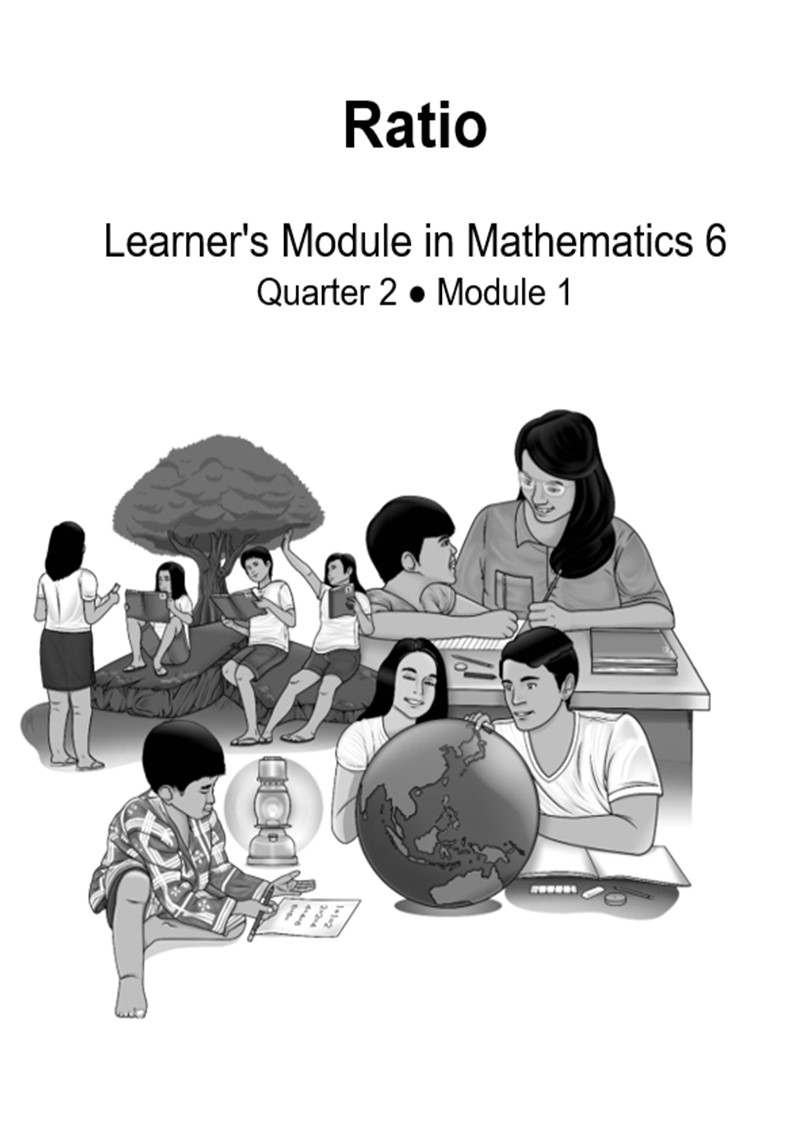
135349 ALEM ELEMENTARY SCHOOL_ QUARTER 2 M6NS-IIa-129 M6NS-IIb-131 2 MELC
At the end of the module, you should be able to:
• Express one value as a fraction of another given their ratio and vice versa
• Define and illustrate the meaning of ratio and proportion using concrete or pictorial models
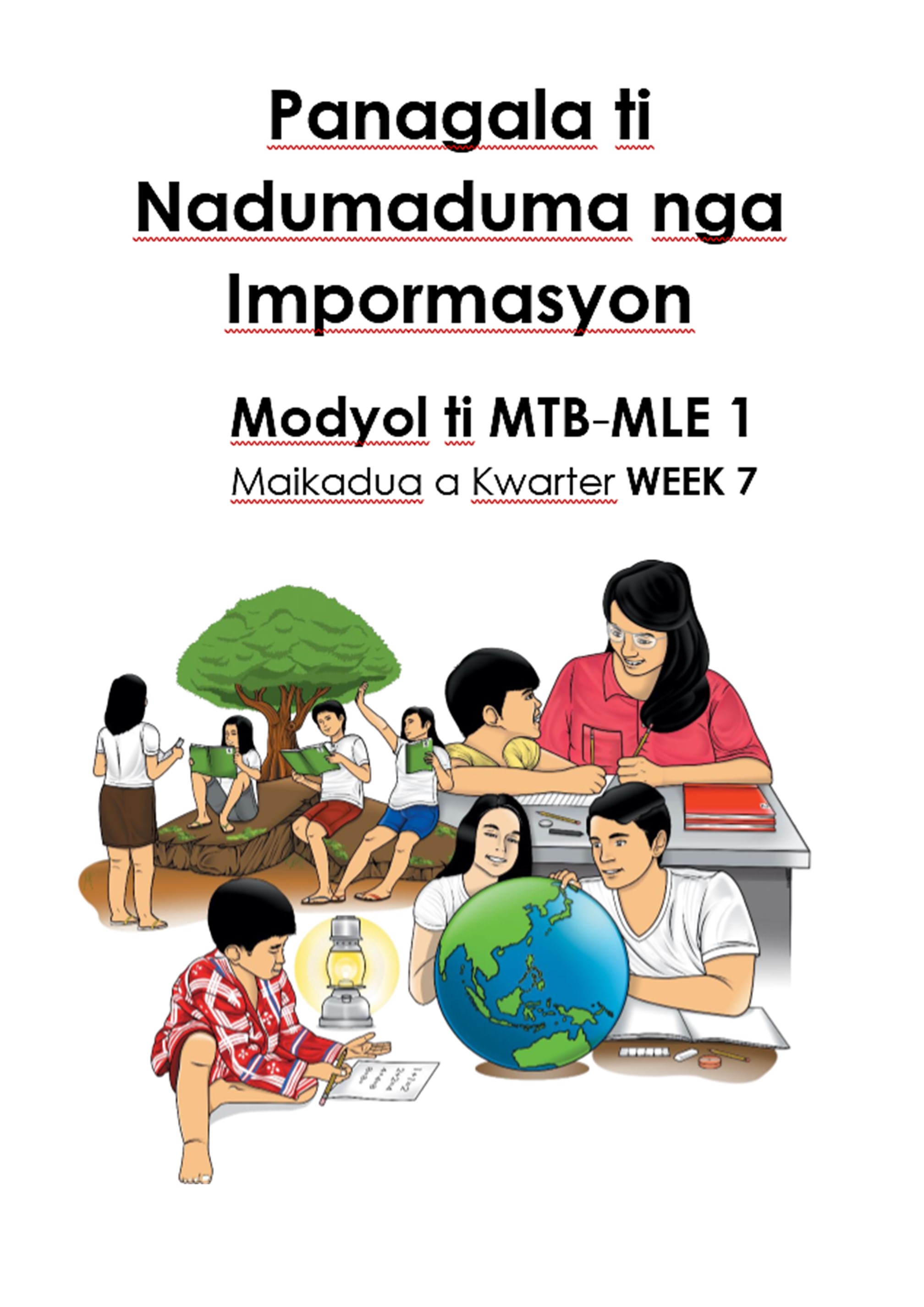
135349 ALEM ELEMENTARY SCHOOL_QUARTER 2
Get information from various sources: (pictures, illustrations, simple graphs, charts)
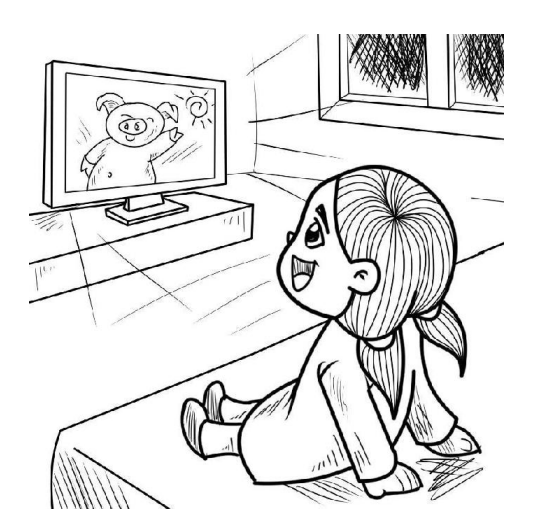
135350_Cabatacan Elementary School_Quarter 2 English Module 8
At the end of this module, you are expected to:
1. identify the basic sequence of events and make
relevant predictions about stories (EN2RC-IIId-e-2.4);
2. ask and answer simple questions (who, what, where,
when, why, and how) based on the story.
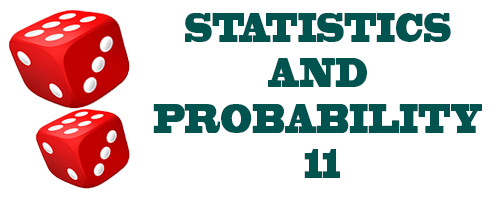
302446-Alimodian National Comprehensive High School-Statistics and Probability-Grade 11-Quarter 3-Module 1-Random Variable
As previously learned in Junior High School lessons, there are lots of wonders in nature or in real-life, like tossing a coin or rolling a die, whose outcomes cannot be predicted with certainty in advance, but the set of all the possible outcomes is known. These are what we call as random phenomena or random experiments.
A random experiment is a mechanism that produces a definite outcome that cannot be predicted with certainty. The set of all possible outcomes of an experiment is called the sample space. The sample space associated with a random experiment is the set of all possible outcomes. An event is a subset of the sample space.
Remember that a variable is a characteristic or attribute that can assume different values. We use capital letters to denote or represent a variable. A variable X whose value depends on the outcome of a random process is called a random variable. A random variable is a variable whose value is a numerical outcome of a random phenomenon. It is a capacity that connects a real number with every component in the sample space. It is a variable whose qualities are controlled by chance. In this manner, a random variable is a numerical amount that is derived from the results of an arbitrary trial or experiment.
A random variable can be discrete or continuous.
Discrete Random Variables are variables that can take on a finite number of distinct values.
Continuous Random Variables are random variables that take an interminably uncountable number of potential values, regularly measurable amounts.

305126 Information Computer Technology 9
Information COmputer Technology

